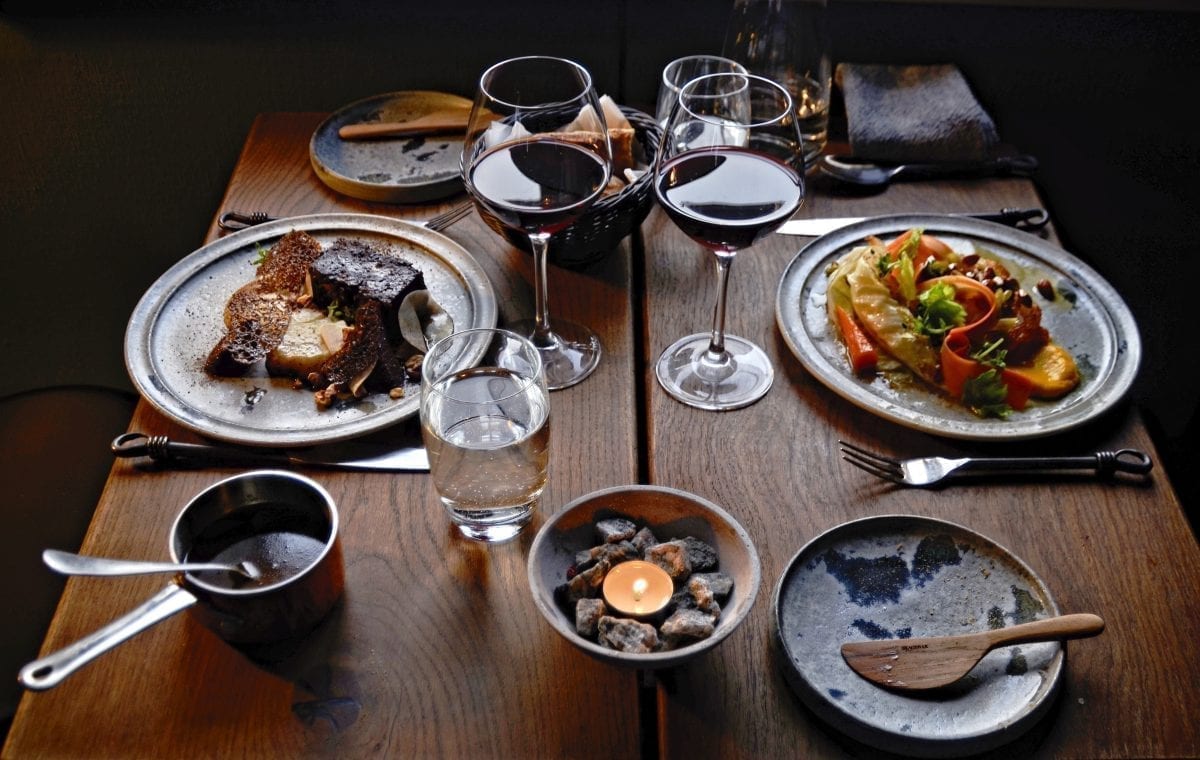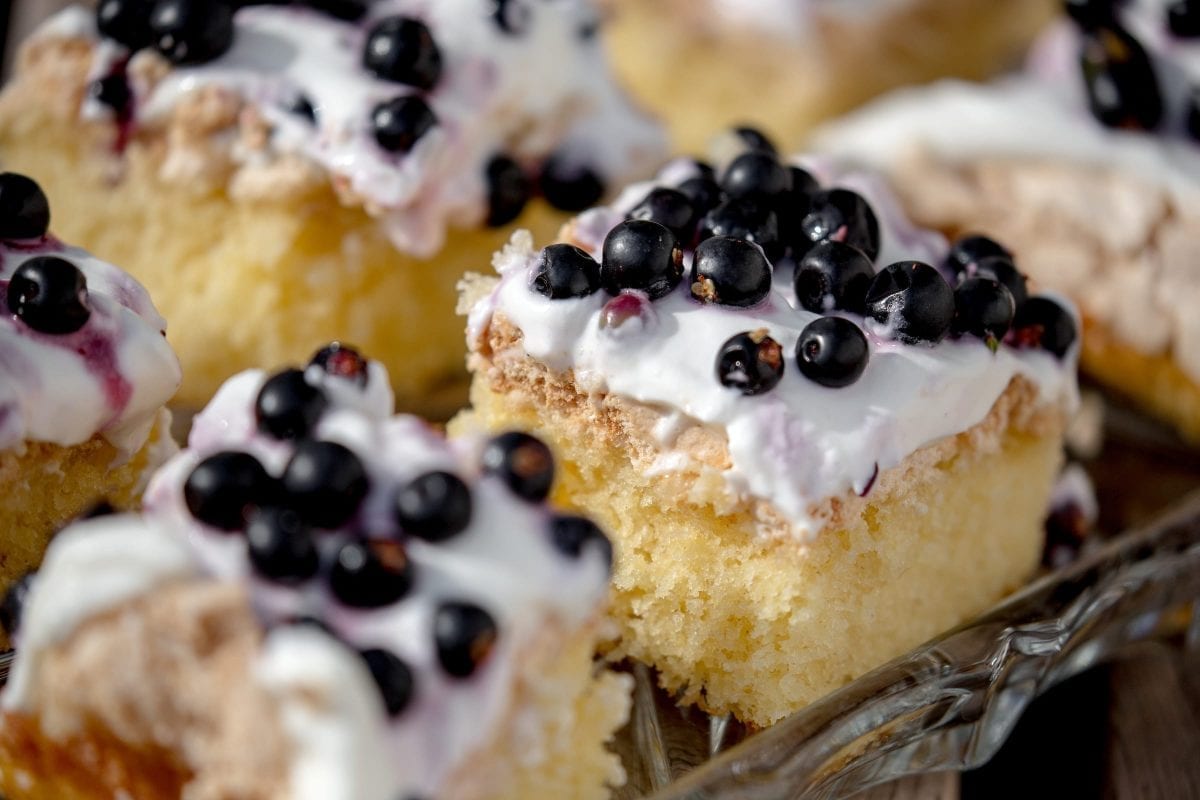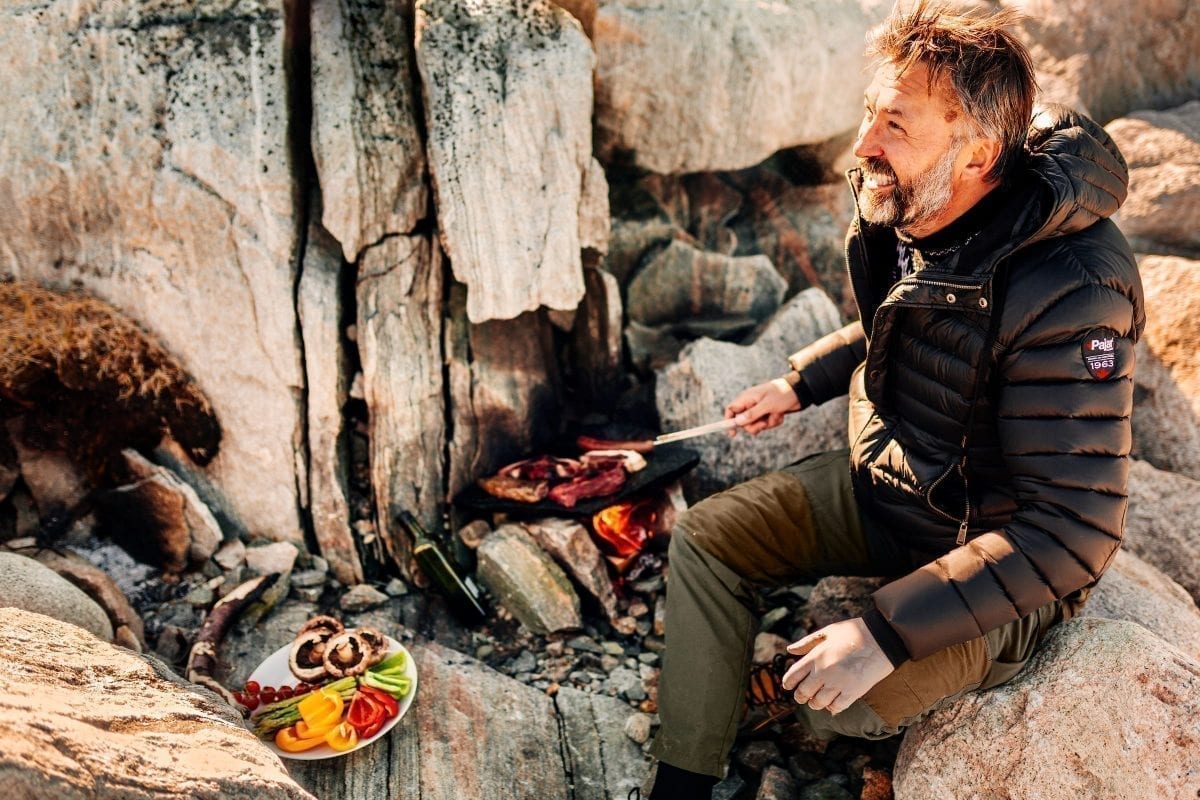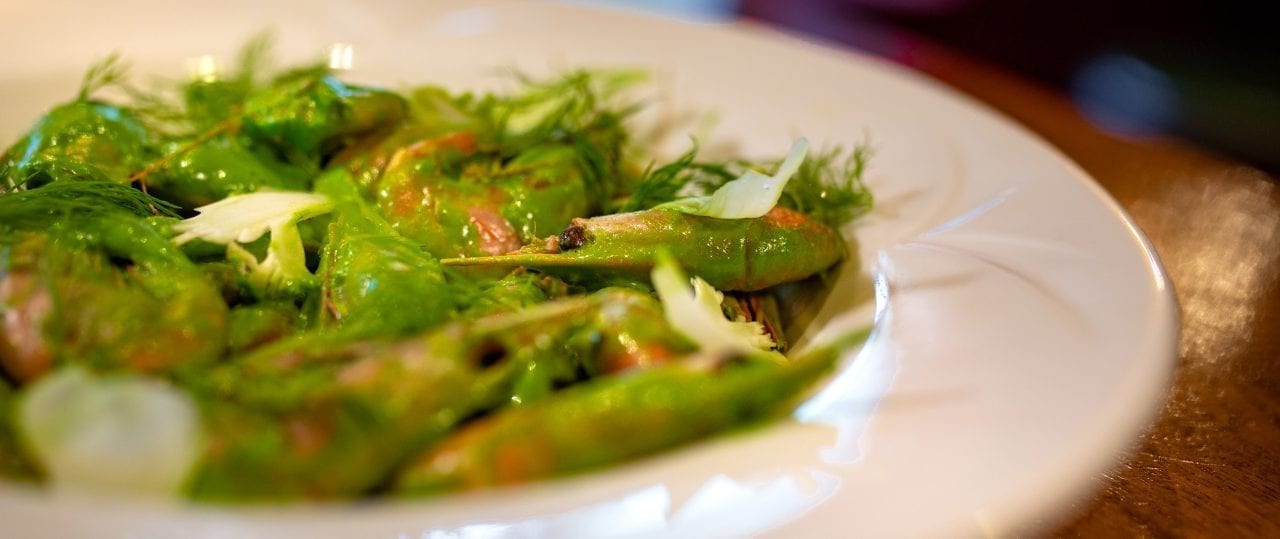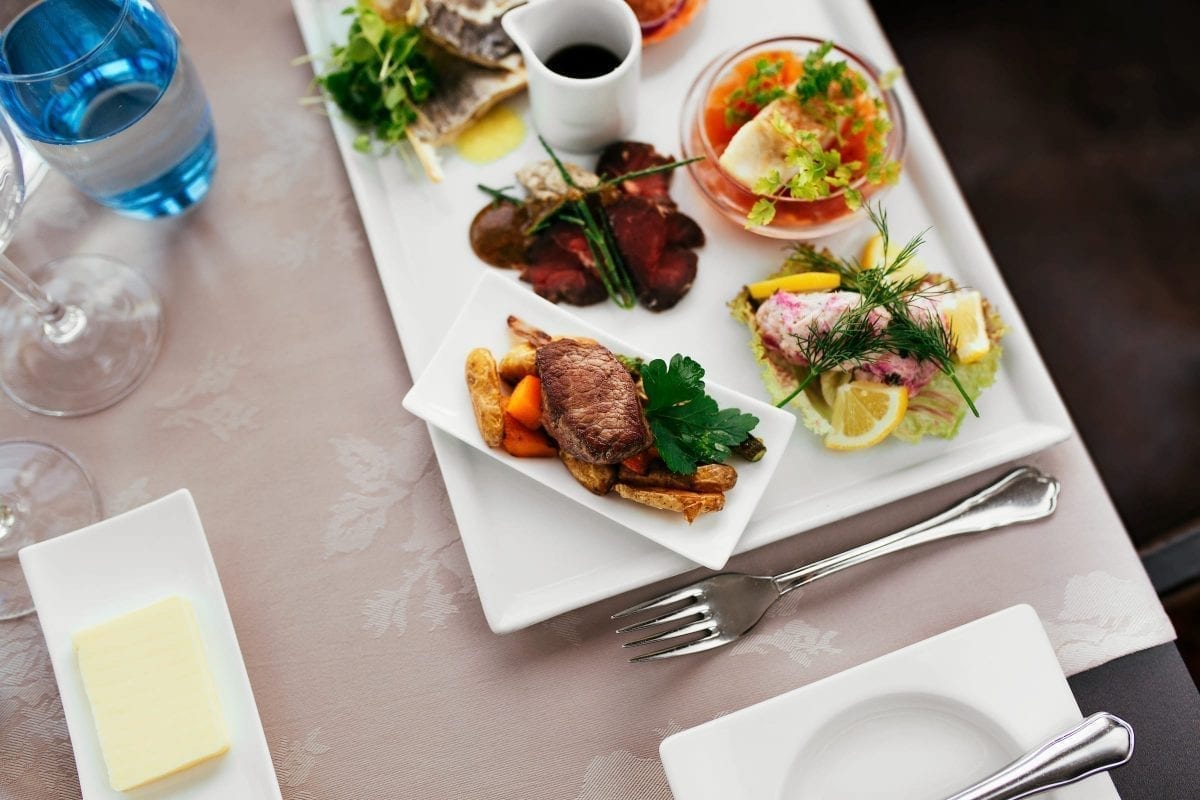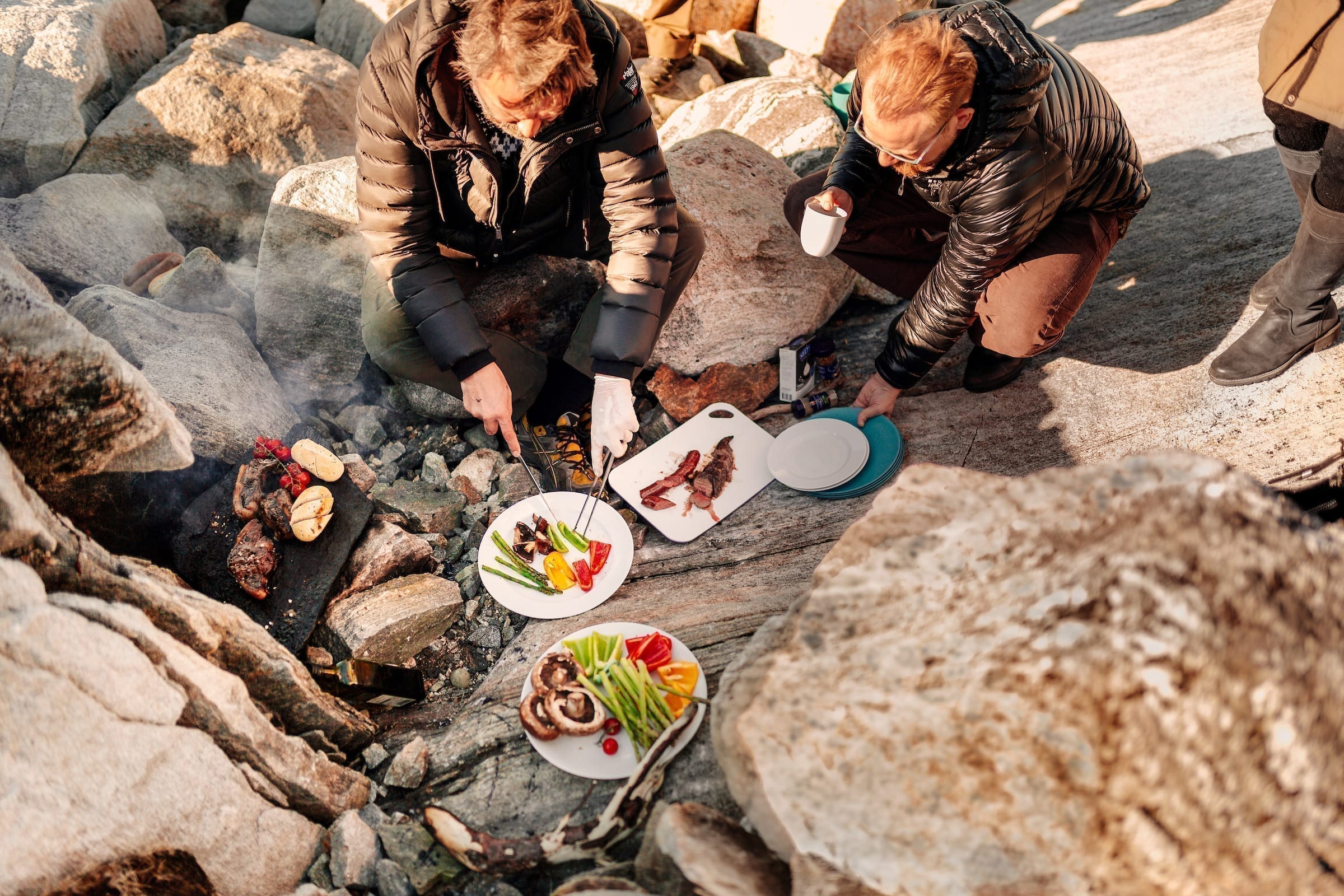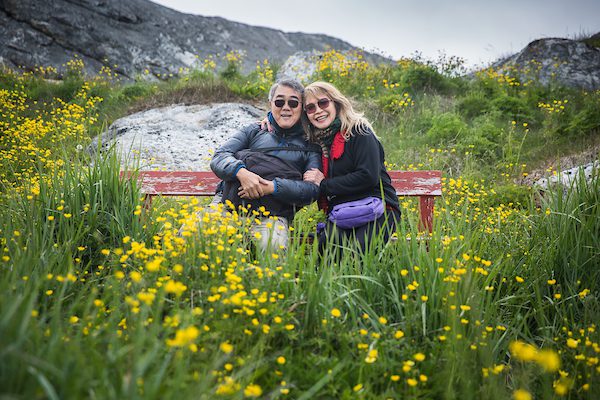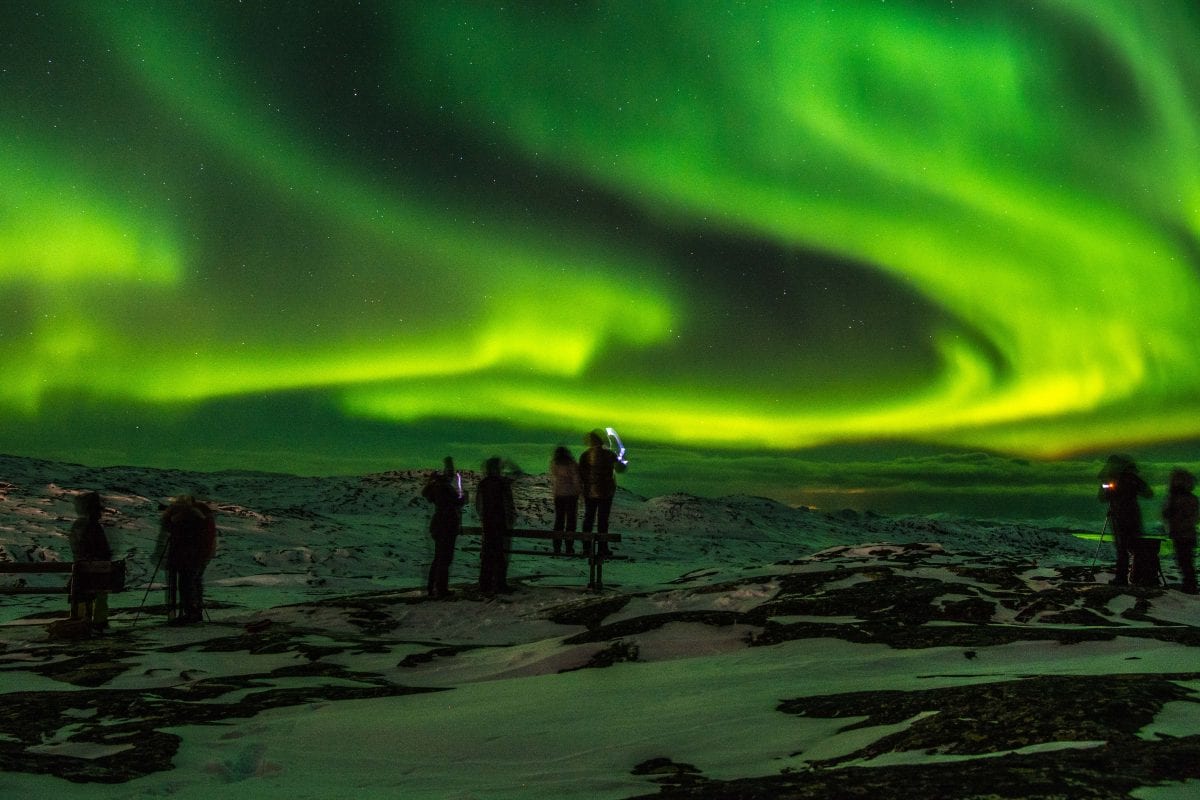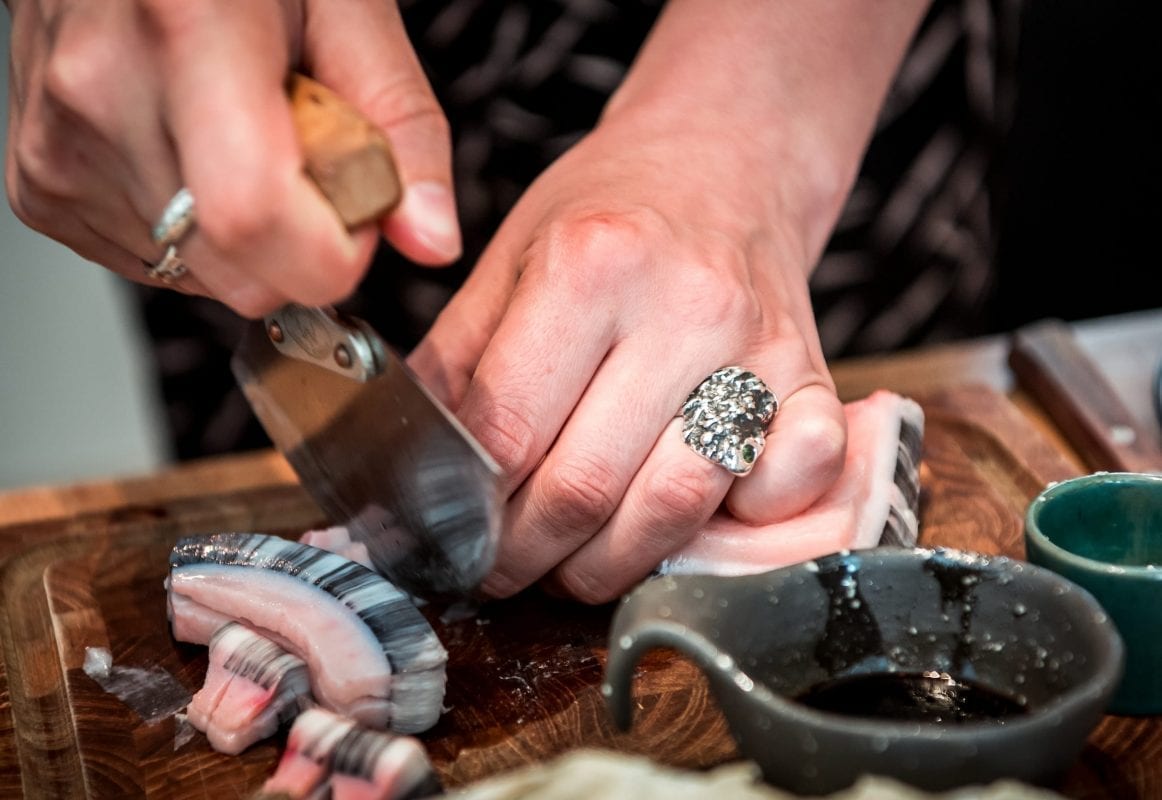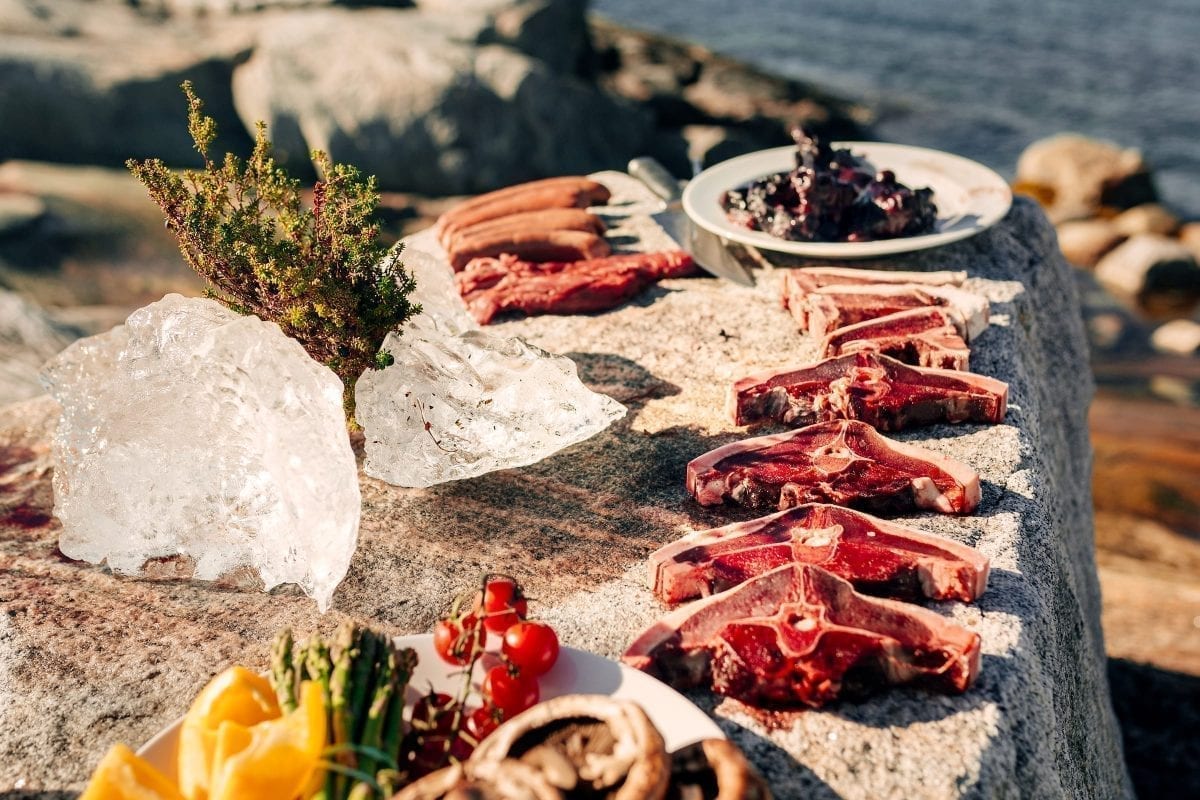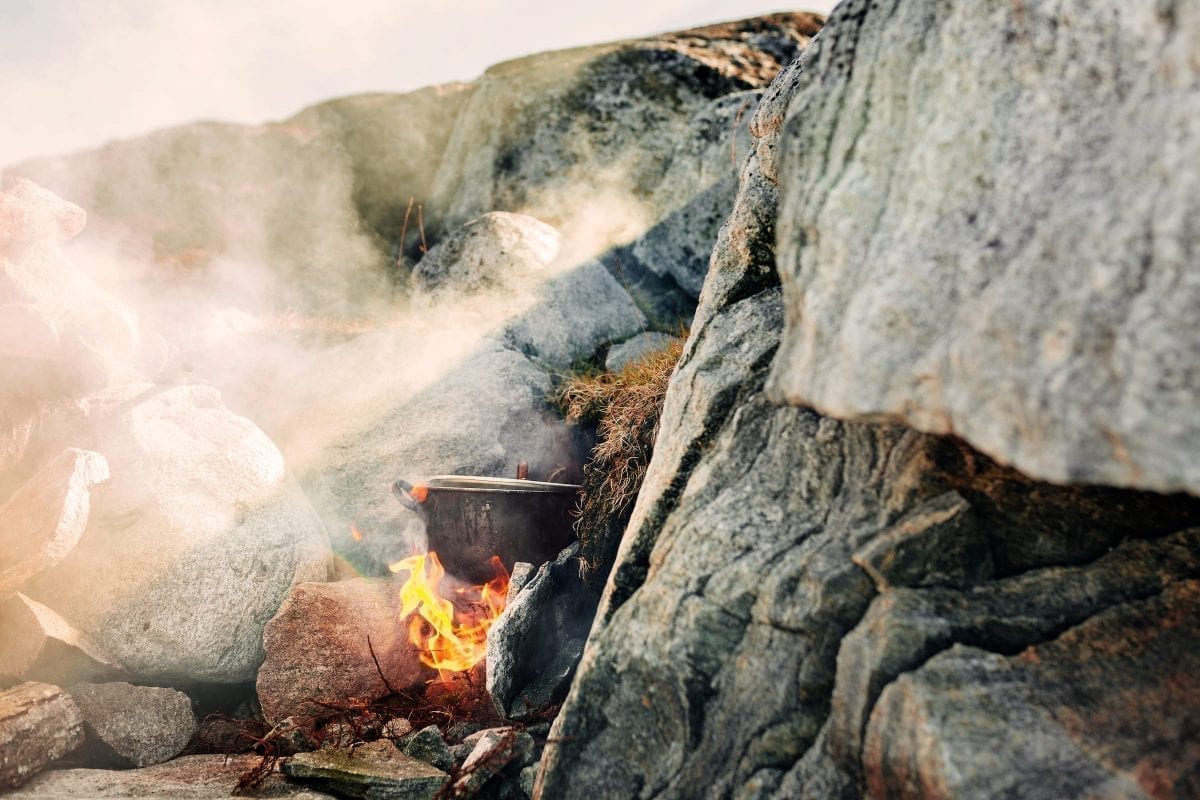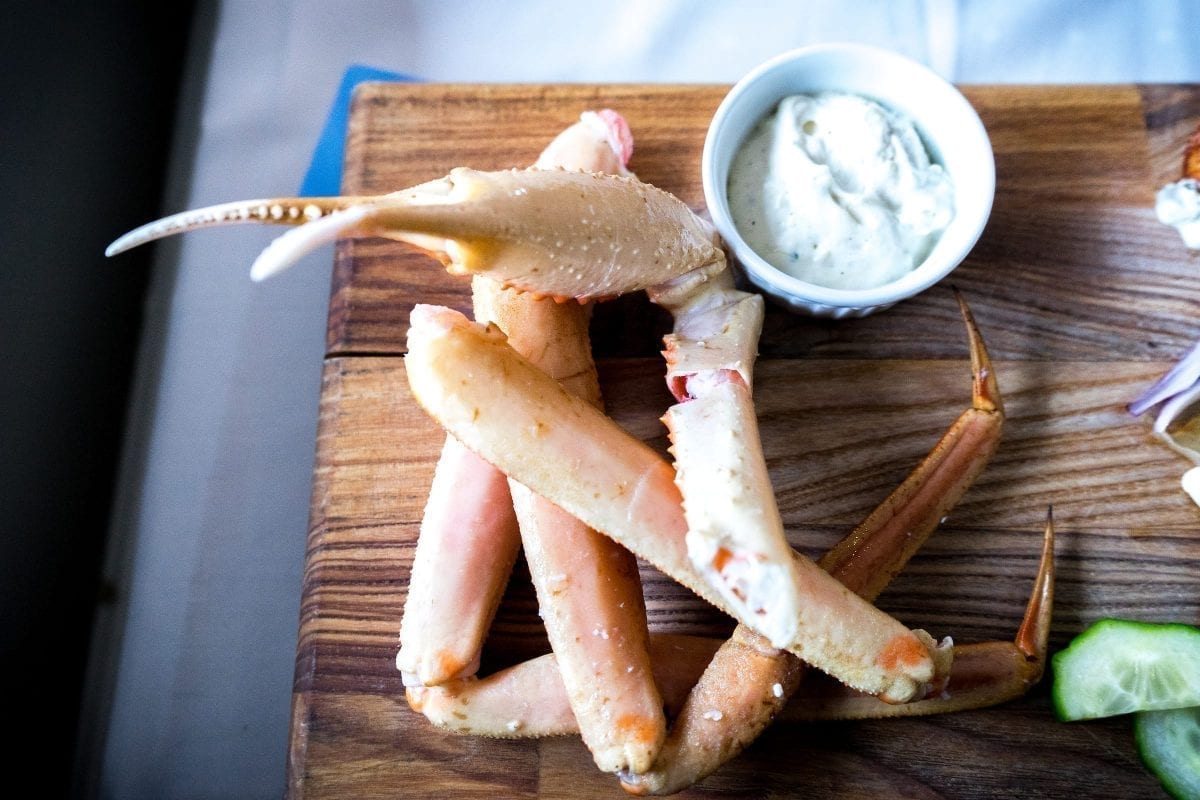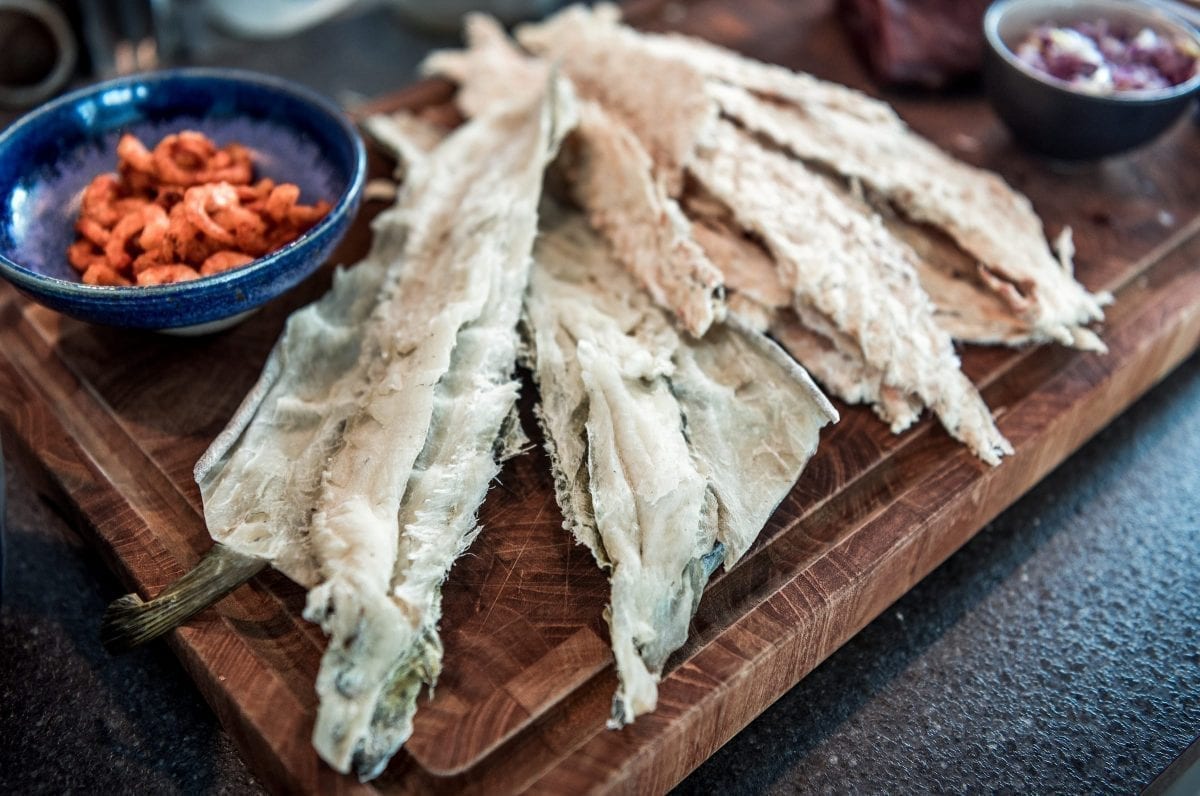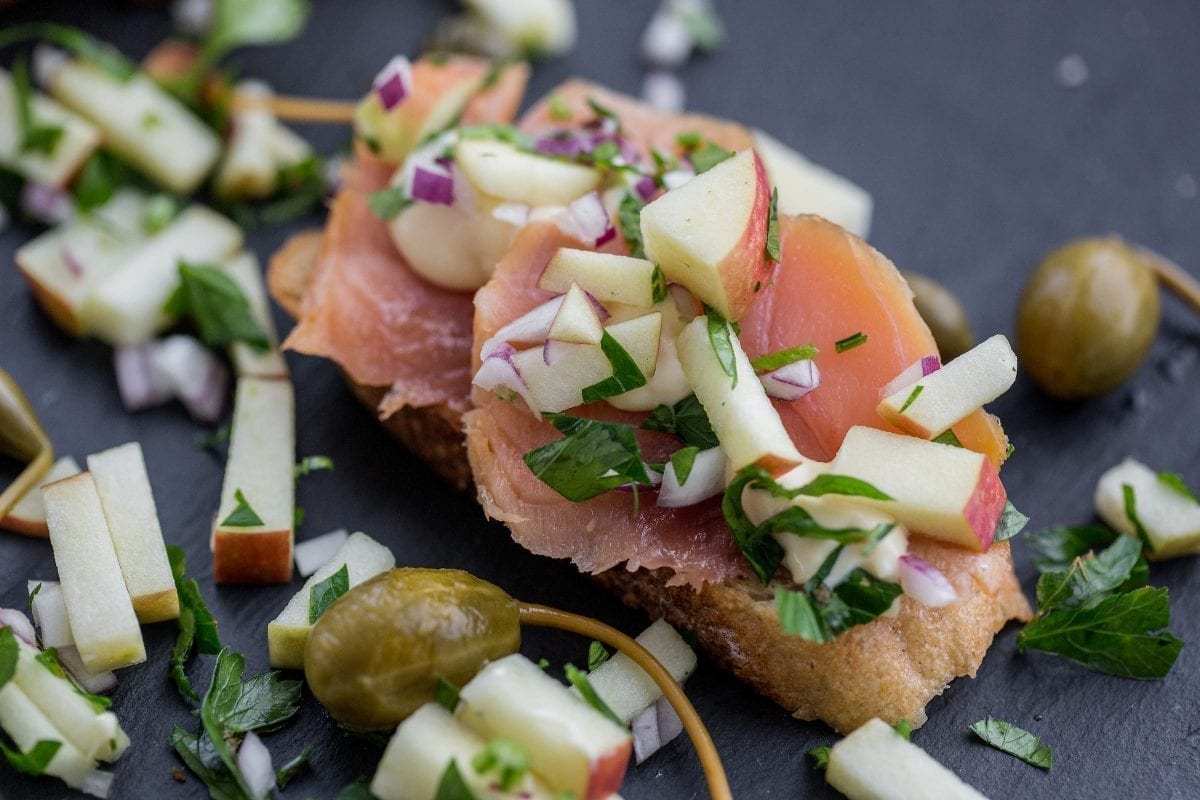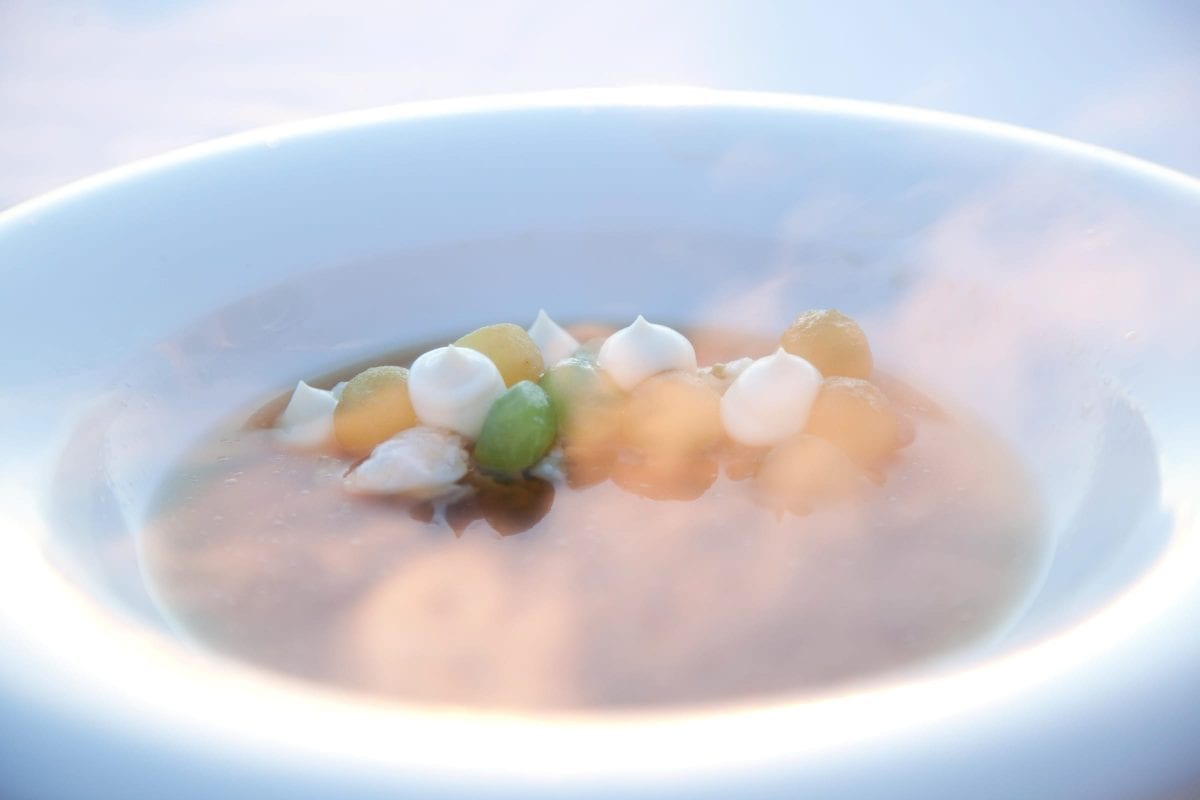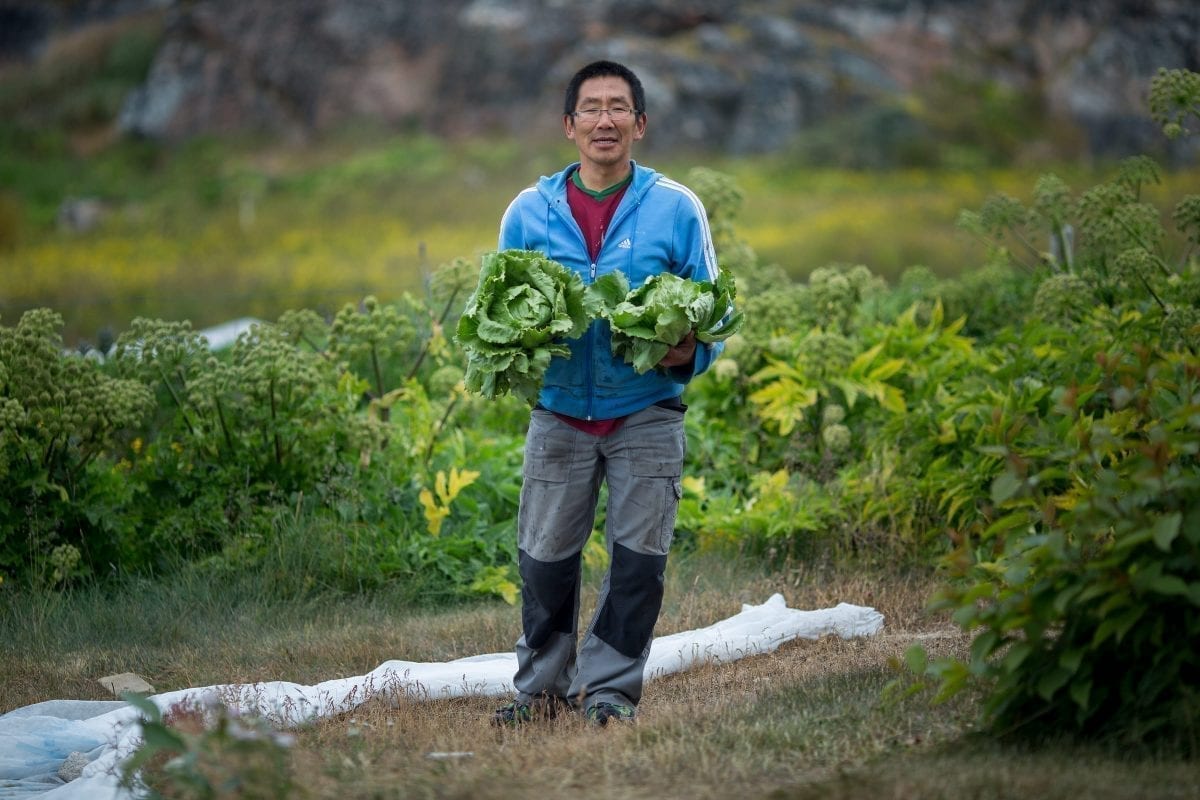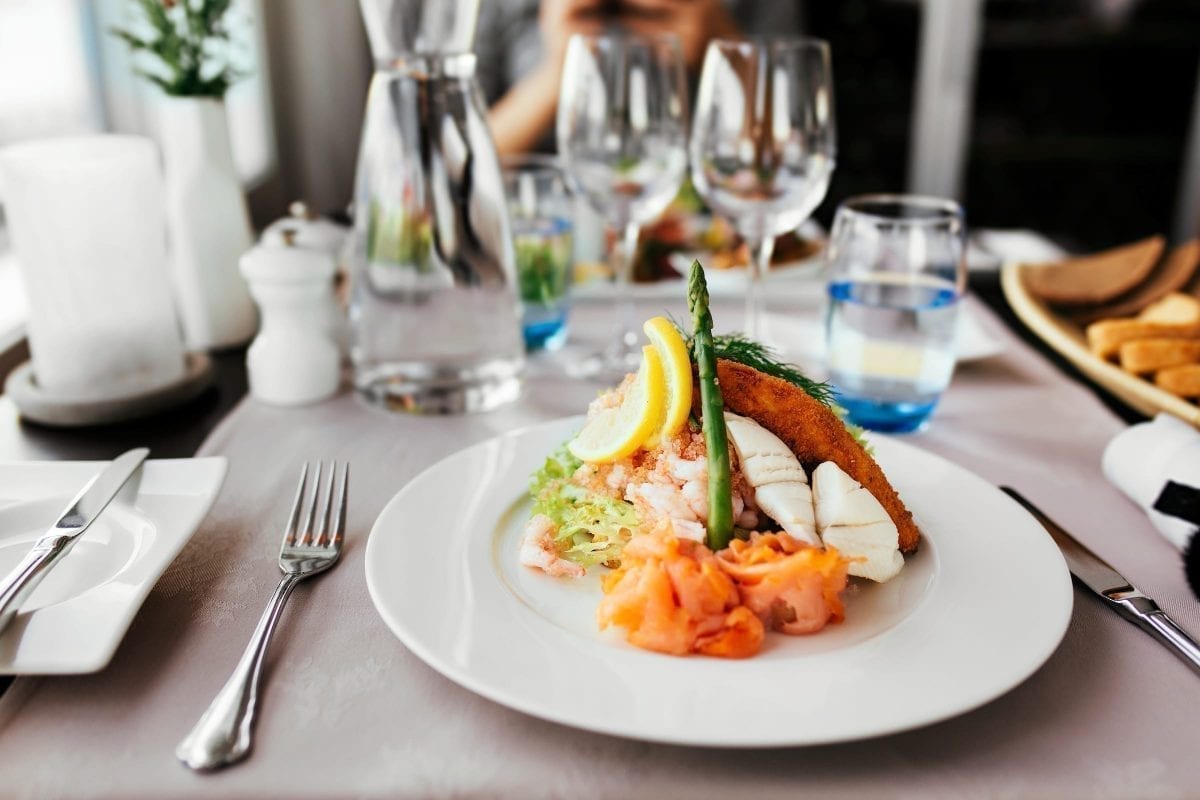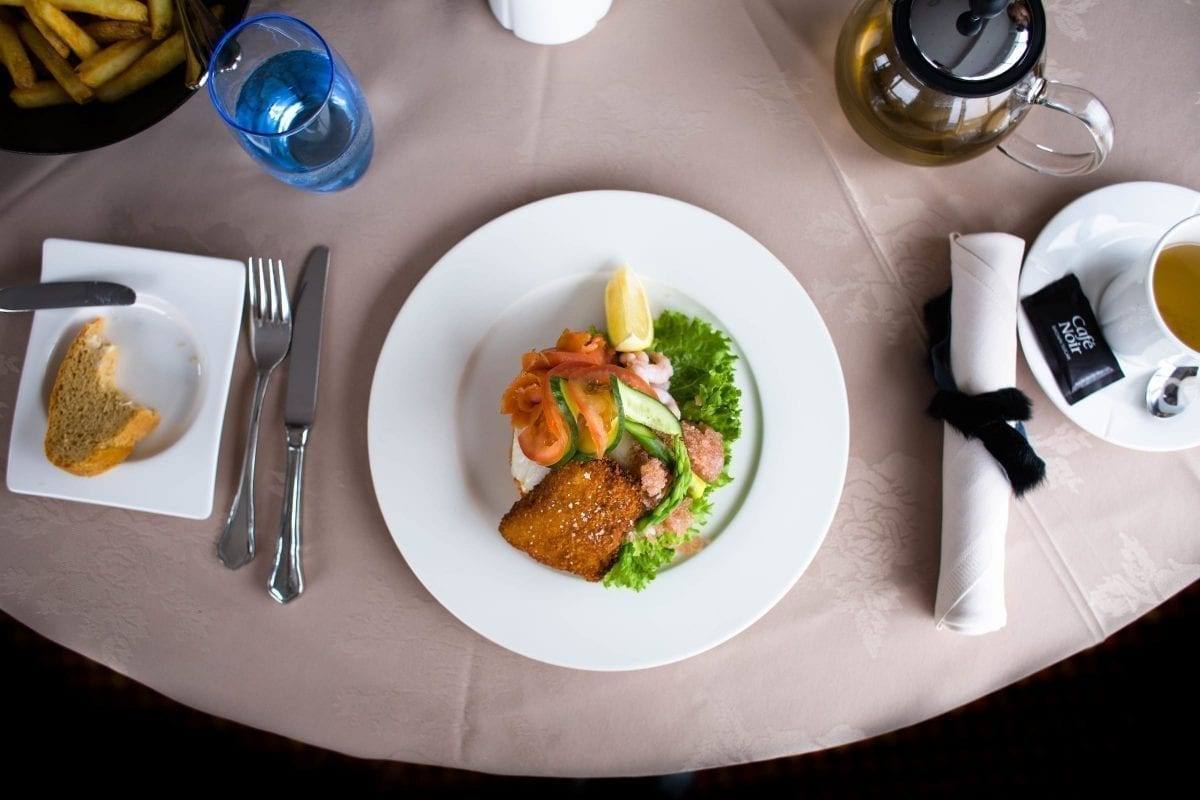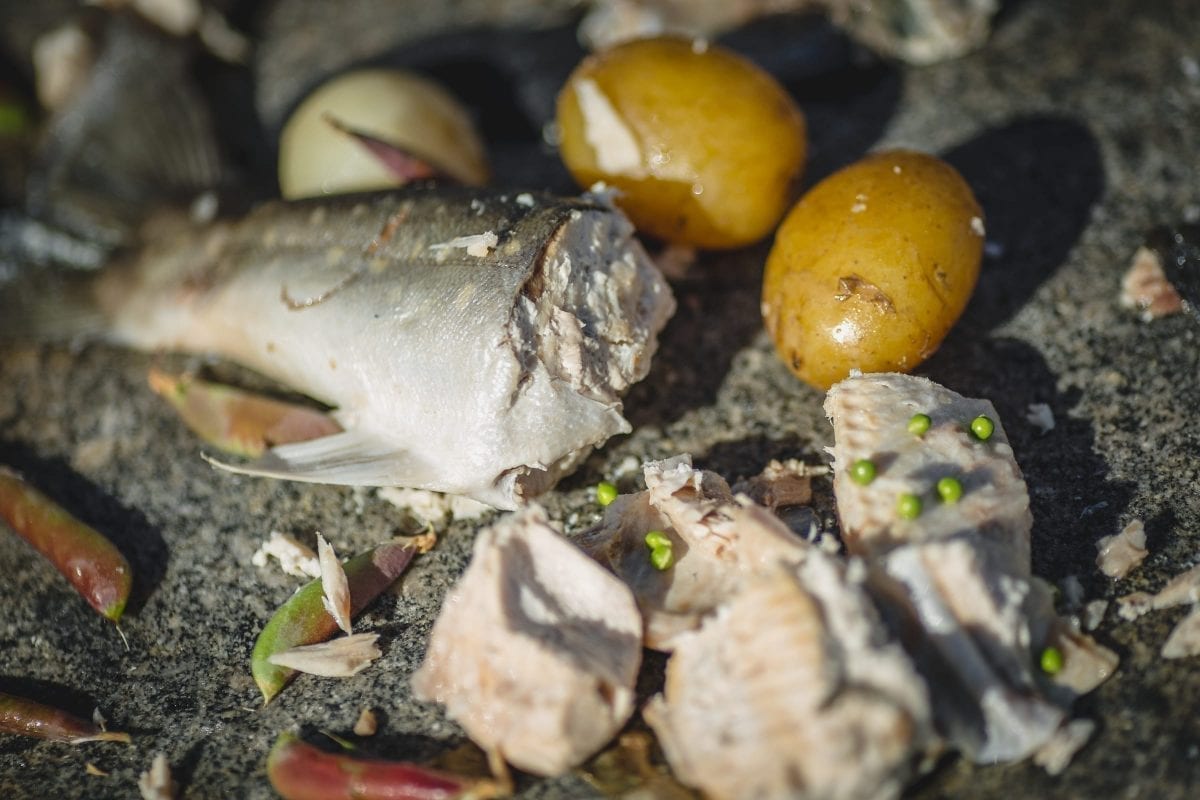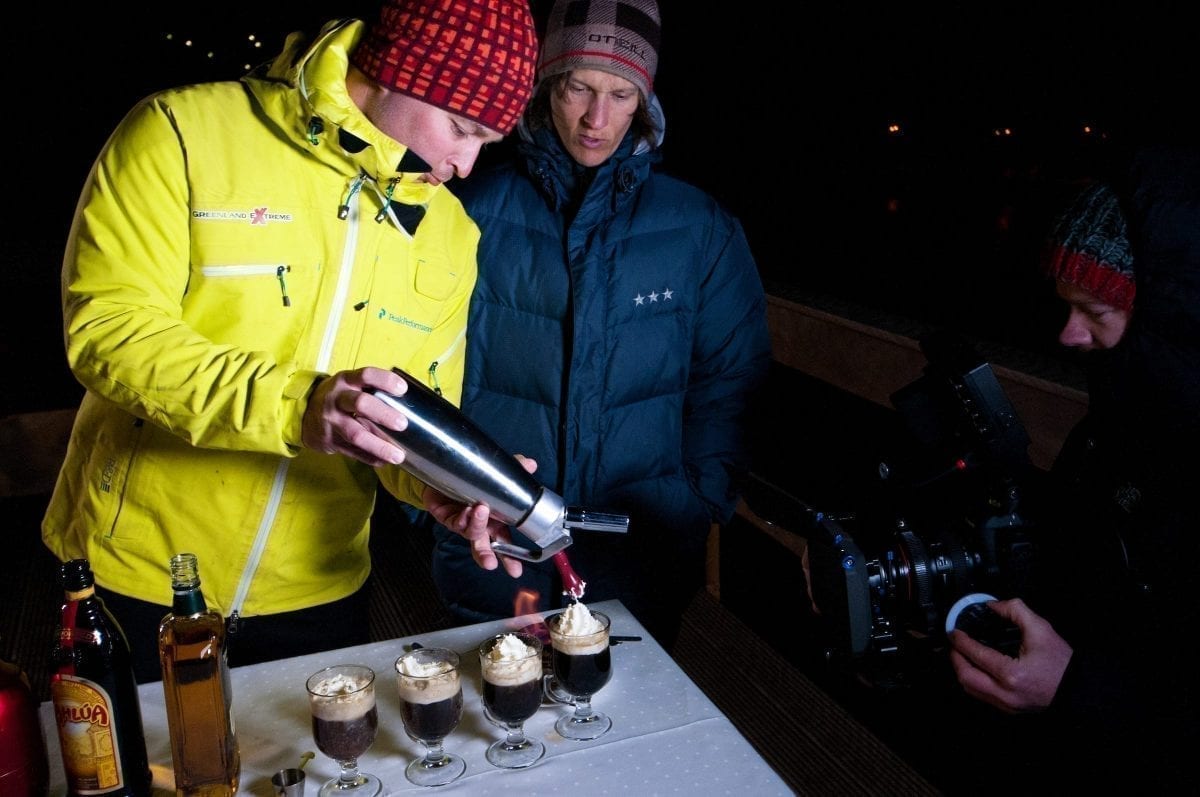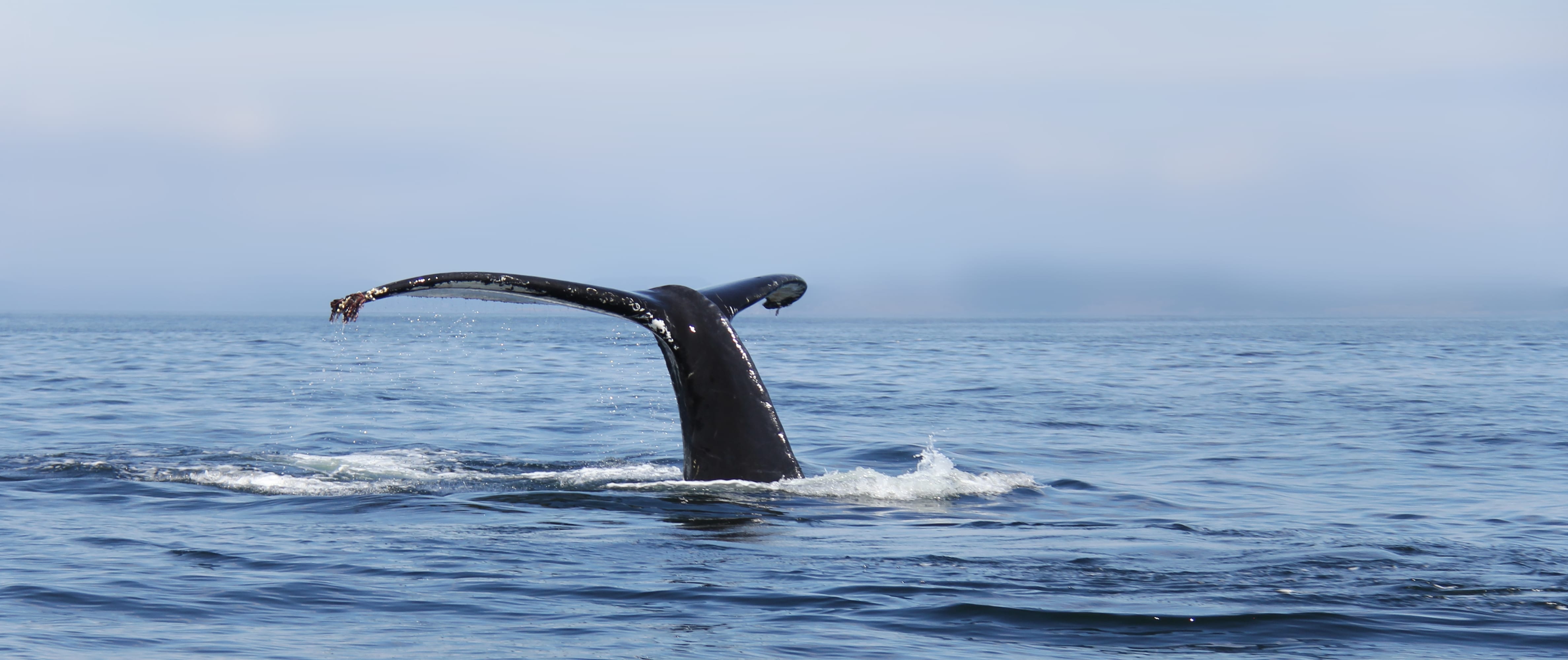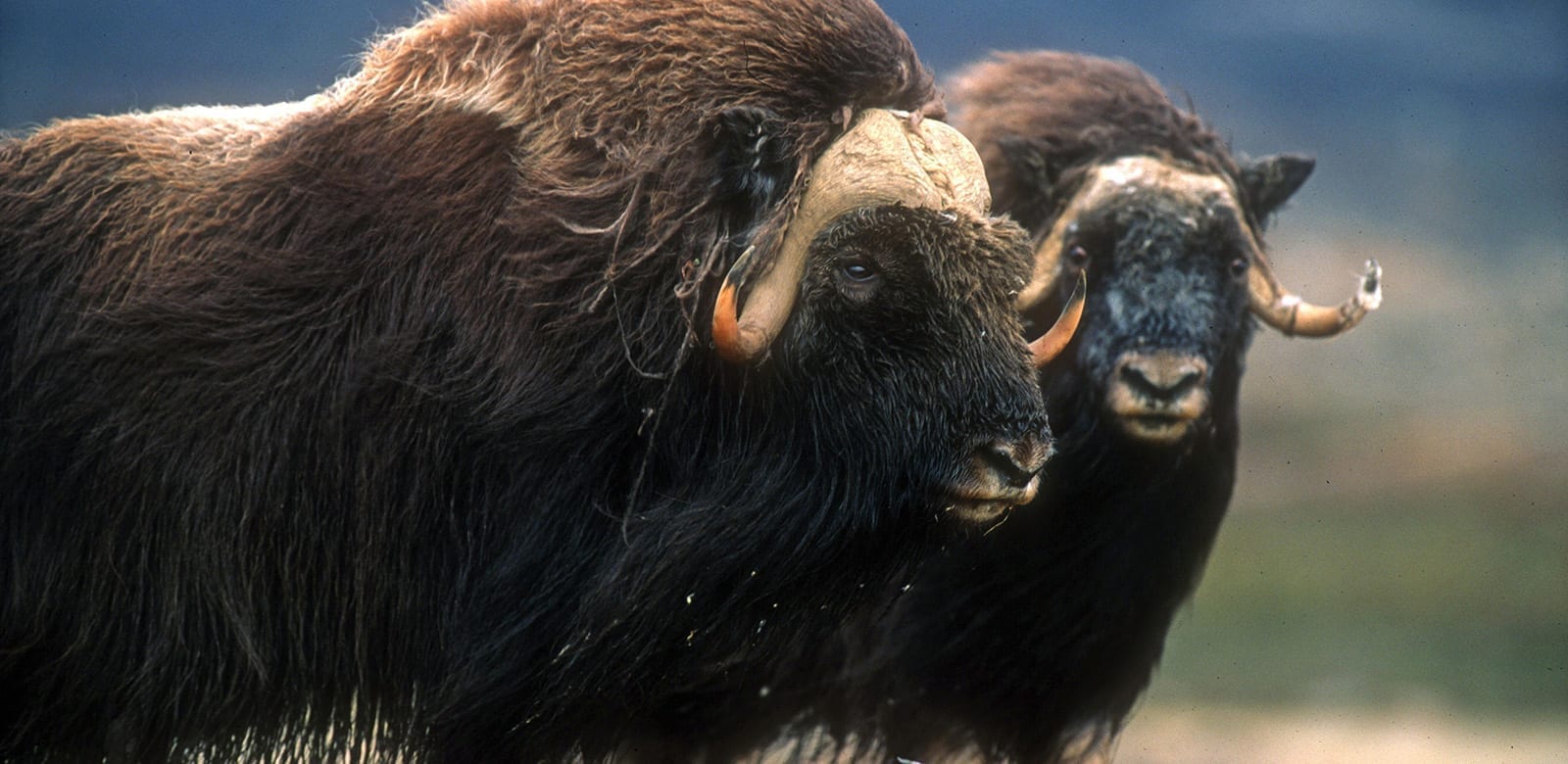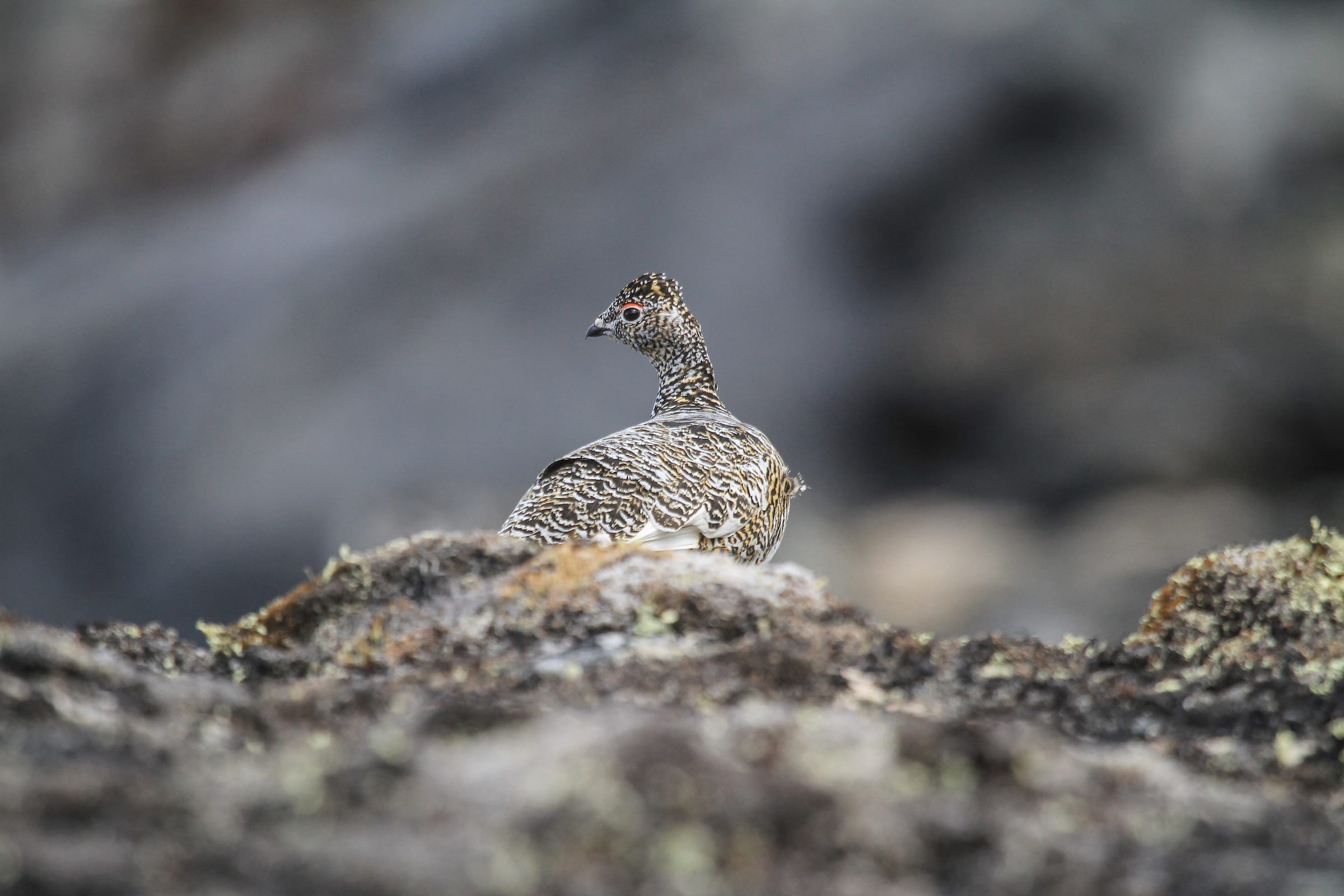Plants and berries
Berries
Particularly crowberries and blueberries are very popular in Greenland. So popular even that the Greenlandic name for these berries, paarnat or paarmat (depending on the region), is used to form many girl’s names such as Paarma, Parnuna, Paarnuna and Parnannguaq. The berry bushes in Greenland are all very low as berries on higher branches will not stand a chance in the wind. If you visit Greenland during late summer or fall, you might come across a lot of bottoms popping up in the rocky landscape, as many people go berry-picking. Berries are eaten raw (perhaps with milk for breakfast or dessert), preserved or used for ice cream.
Mushrooms
Gathering mushrooms is a relatively new pastime in Greenland. It has always been known that it is possible to eat mushrooms, but as in all other places, not all mushrooms are edible, and most people have thought “better safe than sorry”. Only recently, in the past decades, it has become popular to gather the edible mushrooms. If you are a mushroom expert, or if you are walking with one, you can expect some great experiences while gathering mushrooms in Greenland, where they are used in the same way as in other countries.
Angelica
In Greenland, angelica is in high demand. Especially the stems, which look like celery or pale rhubarb, are used for cooking or eaten raw. Most people like the wonderful, strong flavour, while evil tongues claim that it tastes like soap. Angelica can also be used for snaps, and some people chop it up and freeze it into ice cubes, giving your ice water a light angelica flavour as the ice cubes melt.
Rhubarb
You are not likely to find a garden in Greenland that does not have a dedicated rhubarb bed. Therefore, you are instead very likely to come across rhubarb tart, stewed rhubarb and rhubarb preserve on Greenlandic coffee tables.
Potatoes
Southern Greenlandic potatoes have become quite common on Greenlandic dinner tables across the country. Global warming has been rough on Northern Greenland where it is difficult for the sealers and fishermen to get out on the ice in winter. In Southern Greenland, however, the vegetable producing season has become longer and, consequently, more and more potatoes are grown.
Turnips
In other regions of the world, turnips are often used for feed and sugar production, but in Greenland, we love eating the turnips raw. They are, of course, also used in soups and preserves, but it is in their raw state that they are popular with many Greenlanders. You can almost compare the turnips to strawberries in other countries. As the first turnips arrive in stores from the sheep farms, people queue up to buy them.
Bluebells
You have to gather quite a lot of bluebells in order to make real use of them, but if you are patient enough, you can use the bellflowers in salads or as a jelly.
Southern Greenland – Greenlanders’ larder
One of our travellers once giggled with delight when he learnt that there is a book titled “Gardens in Greenland”. He imagined a pamphlet of eight pages or so. If only he knew that there are actually two books on Greenlandic gardens. The one mentioned above, “Passion – Gardens in Greenland” by photographer Finn Larsen and “Greenlandic Gardens through three centuries” by Karen Nørregaard. Southern Greenland is particularly lush, which explains why this region is often referred to as Greenland’s larder.
Southern Greenland is home to approximately 37 sheep farms and the Upernaviarsuk research station, which doubles as the government’s research farm as well as Greenland’s agricultural college – a word that is not often connected with Greenland. As on many other sheep farms, potatoes and turnips are grown here, but also radishes, iceberg lettuce, regular lettuce, tomatoes, cucumbers, etc.
Sustainability in the Greenlandic Gardens
Also privately, a lot of Greenlanders make an attempt at growing many different vegetables, plants and fruit – both in greenhouses, garden frames, window sills and wherever you can find protection from the elements and enough sun. Among the more curious attempts, we have seen Greenlandic bananas and strawberries. Many are successful in growing redcurrants in their garden.
In recent years, Brugseni – a Greenlandic supermarket chain – has focused on sustainability and has made a great effort with distributing home-grown foodstuffs in the country, not least in Nuuk where the market is biggest.
Herbs and spices in Greenland
Lately, small companies have arisen in Greenland. They develop niche production of different ingredients, anything from sea salt and seaweed to herbs and other delicacies.
The Board – “the small Greenlander”
The Board is the local market where fishermen and hunters can sell their catch of the day. Here, you can purchase meat from seals, whales, reindeer, musk oxen and – on rare occasions – even a polar bear, all sorts of fish, prawns, lumpsucker caviar, berries and angelica, birds like the razorbill, guillemot and common eider, and what else is in season.
The board also functions as a local town center where many go to have a chat and to hear what is new.
European and Danish influence on Greenalandic foods
Since whalers arrived in Greenland, the Greenlandic kitchen has been influenced by impulses from abroad. The great classic cookbook in Greenland is “Cookbook for Greenland”, which was published in 1963 in a dual-language version with Greenlandic and Danish side by side. The book was a culmination of eight years’ work with collecting recipes and a general take on nutrition in Greenland. Here, domestic science mistress Caia Hansen translated Danish recipes into ones that could easily be used by Greenlanders. Not only in terms of the language, but more so in terms of ingredients available to Greenlanders at the time. One of Greenland’s great artists, Jens Rosing, illustrated the book.
Generally speaking, Greenlandic eating habits are to a great extent inspired by the Danish kitchen. Not least, because Danish food is often cheaper than Greenlandic food. It was meant as a joke, but former premier of the home rule government Aleqa Hammond was once criticised for saying in an interview with the Danish newspaper “Information” that the best Greenland had gotten from Denmark was “steak with onions and brown gravy”. And, as she also pointed out, she is “better at making gravy than most Danes. It also goes well with whale steak.” This is a very characteristic of Greenlanders: When something useful arrives on the island – whether it is polka, metal sewing needles and dental floss (to replace floss made of sinew), we happily take it in and adapt it to make it our own. There is no doubt about Danish dishes getting served at many Greenlandic tables to the enjoyment of the Greenlanders.
